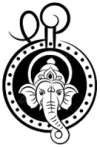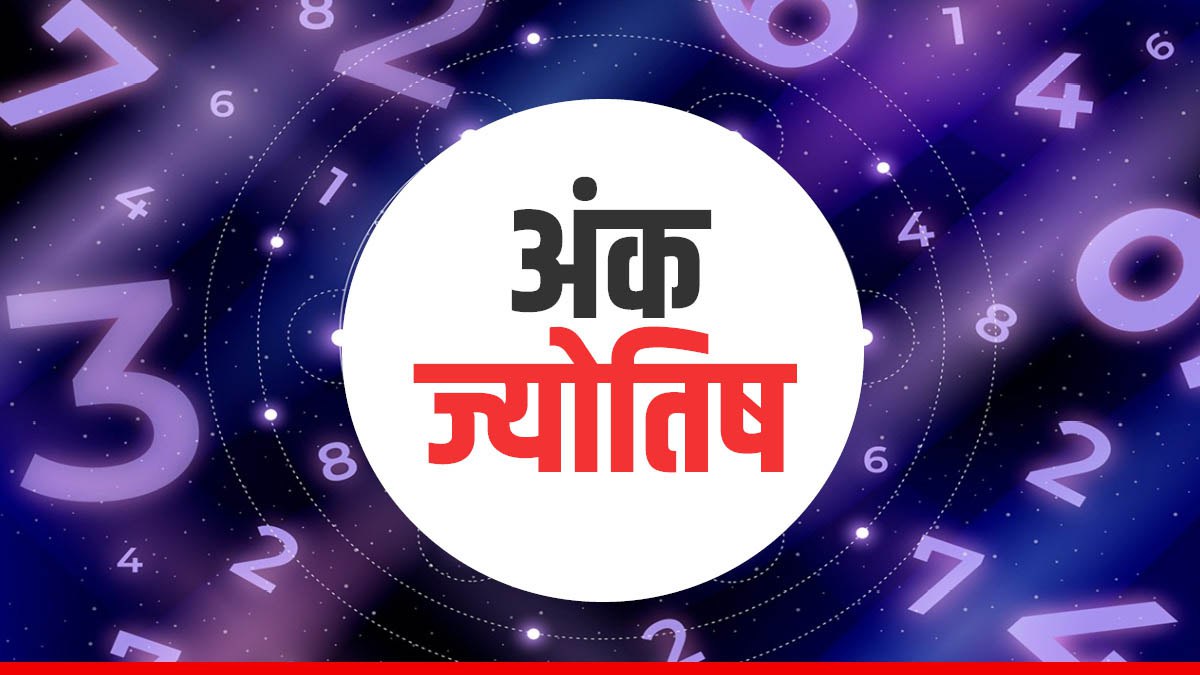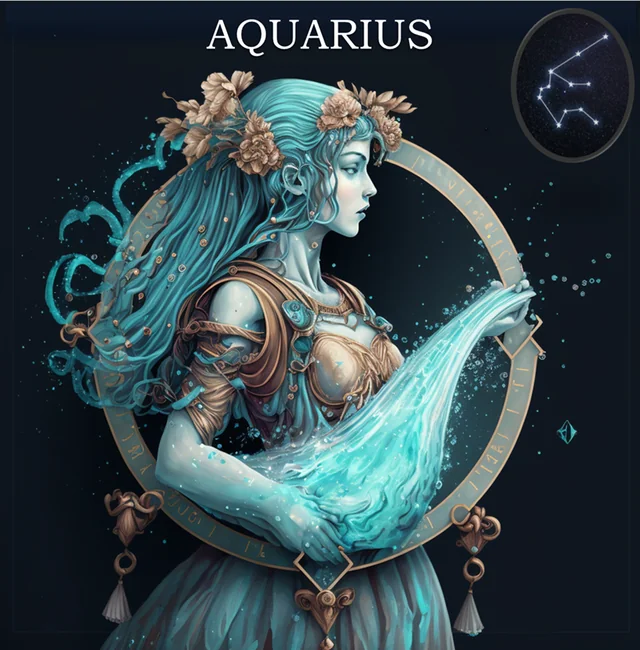Certainly! Here’s some more information about Tarot cards:
- Origins: Tarot cards originated in the 15th century as playing cards in Europe. Over time, they evolved into a tool for divination and spiritual exploration.
- Structure: A standard Tarot deck consists of 78 cards, divided into two main groups: the Major Arcana (22 cards) and the Minor Arcana (56 cards). The Minor Arcana is further divided into four suits: Wands, Cups, Swords, and Pentacles.
- Major Arcana: The Major Arcana cards depict significant life events and archetypal energies. They represent major milestones, life lessons, and universal themes such as love, death, and personal growth.
- Minor Arcana: The Minor Arcana cards are similar to a deck of playing cards, with each suit representing different aspects of life. Wands symbolize passion and creativity, Cups represent emotions and relationships, Swords signify intellect and challenges, and Pentacles represent the material and practical aspects of life.
- Interpretation: Tarot readers interpret the cards based on their symbolism, intuitive insights, and personal understanding. Each card carries multiple meanings and can vary depending on the context and surrounding cards.
- Spreads: Tarot readings often involve laying out cards in specific patterns or spreads. Popular spreads include the Celtic Cross, Three-Card Spread, and the Past-Present-Future spread. The position of each card in a spread influences its interpretation.
- Personal Growth and Insight: Tarot cards can be used as a tool for self-reflection, personal growth, and gaining insights into various aspects of life. They can provide guidance, clarity, and help individuals explore their emotions, relationships, career choices, and spiritual journey.
Remember, Tarot readings are subjective and open to interpretation. The cards themselves do not predict the future with certainty but offer insights and perspectives to guide and empower individuals in making informed decisions.






